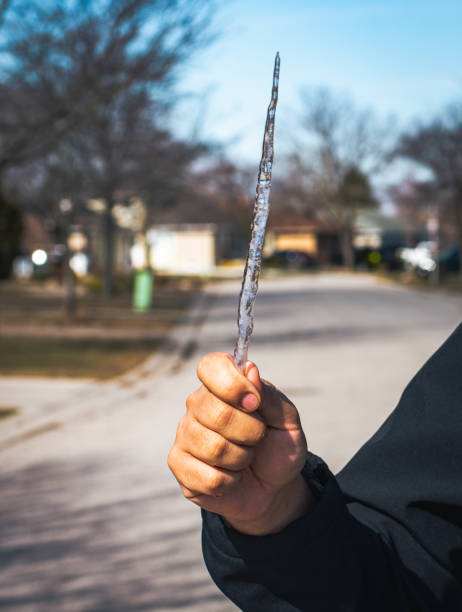Drummers are known for their creativity and adaptability, often experimenting with different techniques and tools to achieve unique sounds. While traditional drumsticks are the standard choice, some drummers have pushed the boundaries by using unexpected objects to strike their drums. From kitchen utensils to household items and even bizarre materials, these unconventional drumsticks have contributed to some of the most distinctive percussive performances in history. In this article, we’ll explore some of the most unusual objects ever used as drumsticks and how they’ve influenced drumming and music production.
Why Drummers Experiment with Different Objects
Before diving into the list of unique drumstick substitutes, it’s essential to understand why drummers might opt for unconventional tools:
- Sound Exploration – Different materials create unique timbres and textures, adding depth to a drummer’s sound.
- Showmanship – Using unusual drumsticks can add flair to a live performance, captivating audiences.
- Necessity – Sometimes, drumsticks break mid-performance, forcing drummers to improvise.
- Creativity & Challenge – Experimenting with new objects keeps drumming exciting and challenges technical skills.
Most Unusual Objects Used as Drumsticks
1. Kitchen Utensils
Some drummers have raided their kitchen drawers for percussive inspiration. Objects like wooden spoons, spatulas, and rolling pins have been used to create unique drum sounds. The softer wood of kitchen utensils can produce a warmer, more muted tone, ideal for acoustic performances or recording sessions that require subtle percussion.
Notable Use: Street drummers often use wooden spoons and metal spatulas on buckets and makeshift drum kits, producing crisp and sharp tones.
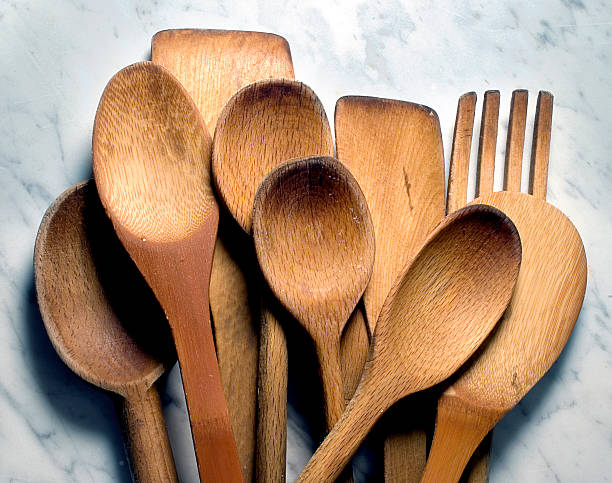
2. Animal Bones
In certain cultures and experimental music scenes, drummers have used animal bones as drumsticks. These dense and durable objects create a unique sound, often with more attack than traditional wooden sticks.
Historical Significance: Some early percussion instruments were played with bones, linking modern drummers back to ancient traditions.
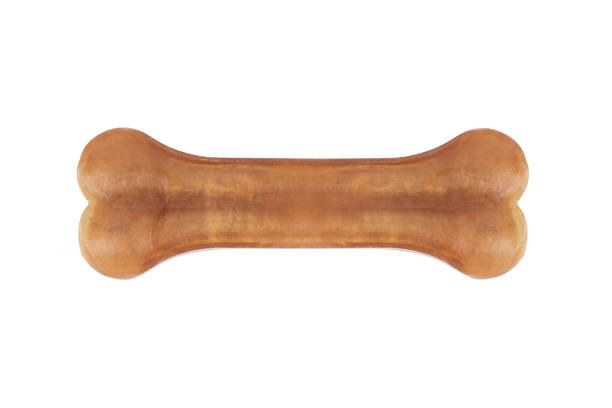
3. Glow Sticks
For drummers who want a visual spectacle, glow sticks have been a popular alternative. While they lack the weight and durability of wooden drumsticks, they create a vibrant effect under stage lighting, enhancing the audience’s experience.
Bands That Have Used Them: Some electronic and experimental bands have incorporated glow sticks into their drumming routines for dramatic effect.

4. Branches & Twigs
Nature can provide some of the most accessible and unique drumsticks. Many drummers, especially those experimenting with natural soundscapes, have used branches and twigs to create organic percussive textures.
Benefits:
- Produces a raw, earthy sound
- Easily available in outdoor settings
- Adds a tribal or folk-like element to drumming

5. Golf Clubs
Though heavy and challenging to handle, golf clubs have been used as a novelty item in drumming performances. Their metal construction produces a sharp, clanking tone when struck against cymbals or drum rims.
Why It Works: The grip and balance of a golf club make it somewhat similar to a drumstick, though the weight can be a limiting factor.

6. Chopsticks
Chopsticks are one of the most common household substitutes for drumsticks. Their lightweight and slender build make them an ideal alternative for soft, delicate drumming.
Pros:
- Great for practicing quietly
- Easy to find
- Useful for softer, jazz-like drumming

7. Metal Rods & Pipes
Drummers looking for a more industrial or mechanical sound have turned to metal rods, steel pipes, or even rebar. The high-density material delivers a bright, piercing sound, especially on cymbals.
Popular in: Industrial music and experimental percussion setups.
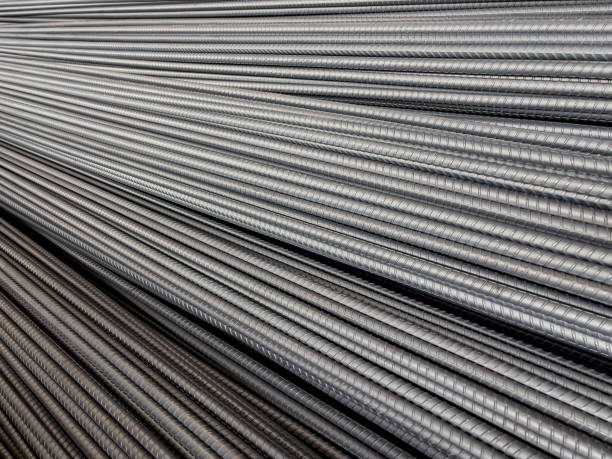
8. Drumsticks Made of Ice
Some extreme experimental drummers have used ice as drumsticks, though the practicality is obviously short-lived. The cold and brittle nature of ice makes it a challenge, but the resulting sound can be surprisingly sharp.
Used in: Theatrical performances and conceptual music projects.

9. Plastic Tubes
PVC pipes or other plastic tubing have been repurposed as drumsticks, creating a hollow, resonant tone when striking drums and percussion instruments.
Advantages:
- Lightweight and flexible
- Produces unique percussive sounds
- Great for experimental percussion setups

10. Wrenches & Tools
In an unexpected twist, mechanics and metalworkers who drum on the side have been known to use wrenches, screwdrivers, and other hand tools as makeshift drumsticks.
Impact on Sound: The metallic nature adds a clanging, industrial sound to drumming performances.
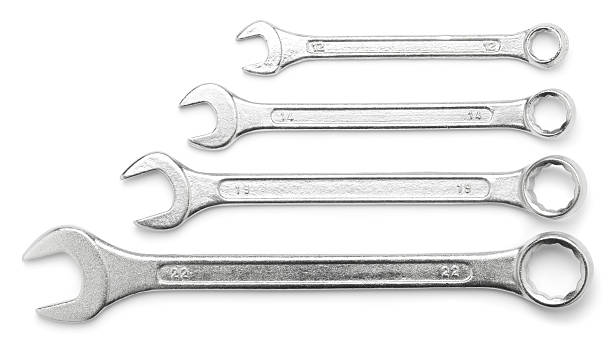
The Impact of Unusual Drumsticks on Music
Drummers who experiment with unconventional drumsticks influence music in several ways:
- Creating New Sounds – By using different materials, drummers expand the sonic palette available to musicians and producers.
- Pushing Performance Art – Theatrical performances become more engaging when unexpected objects are used.
- Encouraging Innovation – By breaking tradition, drummers inspire future musicians to experiment and think outside the box.
FAQs
1. Do different materials change the way a drum sounds?
Yes! The weight, density, and flexibility of a material all influence how it interacts with the drumhead and cymbals.
2. Are non-traditional drumsticks durable?
It depends on the material. Metal and plastic options tend to last longer, while softer materials like twigs or glow sticks may break quickly.
3. Can using unconventional drumsticks damage drums?
Some materials, especially metal or sharp objects, can damage drumheads or cymbals over time. It’s important to test materials on a practice drum first.
4. What’s the weirdest thing ever used as a drumstick?
From ice to fish (yes, fish!), drummers have experimented with nearly everything. The strangest object is subjective, but creativity knows no bounds!
Drumming is an art form that thrives on innovation and creativity. Using Unusual Objects Used as Drumsticks not only expands the drummer’s sonic possibilities but also adds an element of surprise and intrigue to performances. Whether it’s for practicality, showmanship, or sound exploration, these unusual choices prove that rhythm can be created with just about anything. As drumming continues to evolve, who knows what the next surprising drumstick substitute will be?
